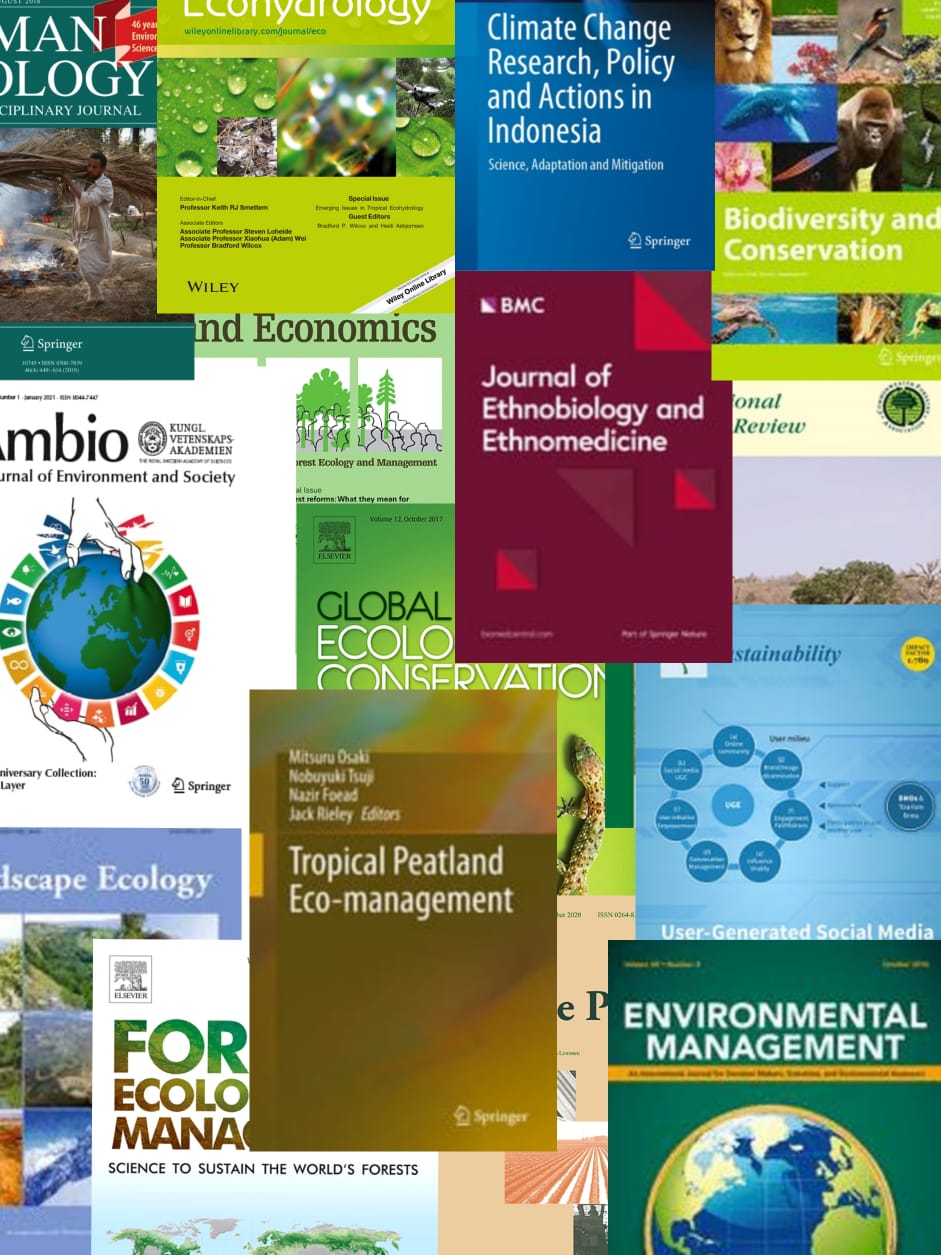Swidden agriculture, or shifting cultivation, is variously viewed as a great environmental threat or a sustainable system of land use. In Laos, swidden has long been considered the primary driver of forest loss nationwide, but the assessment is based exclusively on studies from the north of country, where deforestation is most severe. National policies to control swidden have percolated down to management of one of the largest nature reserves in the region, Nakai-Nam Theun National Protected Area (NNT NPA) in the Annamite Mountains of central Laos. In NNT NPA, swidden's presumed unsustainability and deleterious impact on forest cover is an untested assumption. We tested it by methods of historical ecology, tracing the patterns of NNT's forest cover and human settlement over the past several decades. Principal sources of data were topographical maps dating to 1943, and Landsat images from 1976, 1989, and 2001. The analysis shows that, although NNT has been inhabited by swidden cultivators for hundreds of years, it retained more than 95% forest cover until the 1960s-early 1970s. Subsequently, a post-Vietnam War release of human population, possibly coupled with government encouragement of agricultural expansion, precipitated a decline in forest of 0.5%/year until the 1980s. Curiously, this was followed by stability or an increase (ca. 0.3%/year) in forest cover into the current century, even as NNT's human population continued to grow and as forest declined in Laos overall at 1.7%/year, and in two protected areas near NNT at more than 3%/year. A combination of intrinsic and extrinsic factors probably account for the stability of NNT's forest cover despite recent population growth. First are cultural propensities for sedentariness and livelihoods with relatively low environmental impact among the ethnic groups inhabiting NNT. Since at least the 1940s, there have been remarkably few changes in the number or location of villages in NNT (and despite upheavals during the Vietnam War). Clearly, shifting cultivation" is not equivalent to shifting populations. The extent of cleared forest in NNT has remained almost entirely within a swidden-forest mosaic whose boundaries date back at least to the 1960s. Second, the last 20 years have seen an explosion in wildlife trade in the region, particularly of animals valued in traditional medicine. Income earned from wildlife trade may have allowed NNT's residents to purchase rice to feed growing populations, instead of clearing more forest to grow it. The situation presents a dilemma for conservationists-attempts to control local wildlife trade could push NNT's villagers to clear more forest swiddens, and vice versa. Controlling both simultaneously would probably have a negative impact on villagers' standard of living. As wildlife trade is a greater threat to NNT's biodiversity values than local systems of rotational swidden, management should focus first on reducing wildlife trade. In any case, forest conservation (and villagers' welfare) will benefit more from alleviation of of NNT's human population growth than control of its traditional agriculture; it was primarily a shift in demography, not in agricultural practices, that precipitated the post-war period of forest loss. Finally, attempts to reduce local access to swidden land should come only after better understanding of the current swidden systems is achieved, and proven alternatives have been established. © 2009 by the author(s)."
View source

